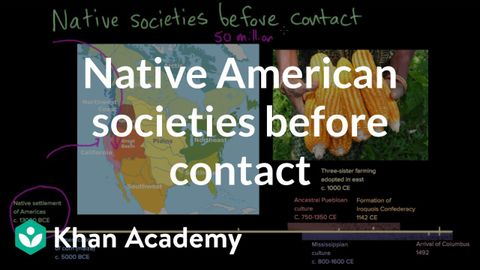ネイティブアメリカン社会 (Native American societies )
Amy.Lin が 2021 年 01 月 14 日 に投稿  この条件に一致する単語はありません
この条件に一致する単語はありませんUS / dɪˈbet/
・
UK /dɪ'beɪt/
- n. (c./u.)討論;討論
- v.t./i.熟慮する;討論する
US /ˈɛvɪdəns/
・
UK /'evɪdəns/
- n. (c./u.)(ある土地に)生まれた人;全国の;(ある言語を)第一言語とする人
- adj.生まれつきの
US /ʌnˈprɛsɪˌdɛntɪd/
・
UK /ʌnˈpresɪdentɪd/
エネルギーを使用
すべての単語を解除
発音・解説・フィルター機能を解除

